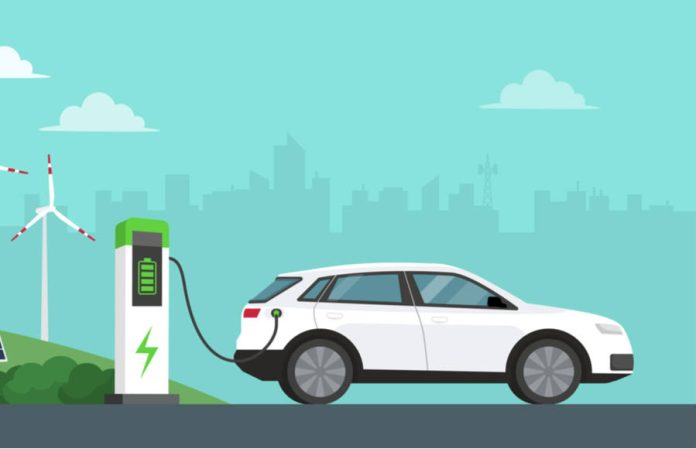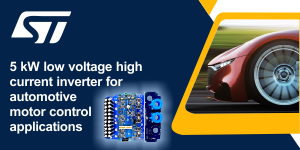India has been successful in accelerating the national trend toward electric vehicles. Even though the federal government’s efforts were crucial to this development, the subsidies provided by different states have served as the foundation for EV adaption as well. However, keep in mind that subsidies are unlikely to remain for very long—possibly not through 2025 or 2026—as the whole point is to promote early adoption before EVs become more reasonably priced on their own.
In India, the two-wheeler segment dominates the EV market, in contrast to other significant economies like the US and China where electric automobiles are fostering EV growth.
To achieve EV sales penetration of 70% for all commercial automobiles, 30% for private cars, 40% for buses, and 80% for two and three-wheelers by 2030, the Indian regulations are substantially in line with this goal. Doing net zero by 2070 is the company’s wider goal, and things are going well. With a fleet of more than 18 lakh electric vehicles on its roads at the beginning of 2023, and with a potential growth of nearly three times to 50 lakh units by 2030, the South Asian nation is galloping toward a clean mobility future.
GOI initiatives
The Indian government’s numerous programs and initiatives have helped to make electric vehicles (EVs) a viable alternative in the nation’s car industry. These include incubation programs, shared facilities for development and small-scale production, financial support through the Credit Guarantee Scheme for Start-ups (CGSS), tax advantages, and consumer subsidies. They also include the allowance of 100% FDI through the automotive route in the EV area.
With a budget of 25,938 crores, the Manufacturing Linked Incentive (PLI) scheme sparked domestic production of high-tech automotive products and attracted funding to the value chain of the sector.
Additionally, the FAME India II Scheme, with a budget of 10,000 crores, has been introduced to encourage the demand for Electric Vehicles (EVs) by offering upfront subsidies and developing EV charging infrastructure. There has also been a 1000 crore allocation made under FAME II for the installation of EV charging stations.
The country’s EV sector’s up to this point prosperous performance is in part due to several pro-EV measures proposed by Indian states as well. While many Indian states offer some sort of EV subsidy, three states stand out as offering the most EV subsidies in the nation.
Delhi
Under its electric car policy, which was established in 2020, the capital provided one of the largest EV subsidy plans in India, costing over 100 crores. The Delhi government began subsidizing e-cycles at a rate of 25% of the MRP, up to a maximum of 5,500 per vehicle. The government set aside a subsidy of 33% of the cost of the e-cycles (up to 15,000 per vehicle) for the e-cargo cycles. A scrapping reward of $2,000 to $3,000 is also included in the bundle.
The government announced an incentive of 5,000 per kWh of battery capacity, up to a maximum of 30,000 per vehicle, for the purchase of electric 2-wheelers. In Delhi, there is also a scrapping incentive of up to 5,000 for electric 2-wheelers.
The government allocated a subsidy of 30,000 rupees per vehicle for the promotion of its e-LCVs and e-autorickshaws, with a scrapping incentive of up to 7,500 rupees. The program also includes a 5% interest subvention on loans and/or hire purchase agreements.
The government offered a purchasing incentive of $10,000 per kWh of battery capacity (up to $1,50,000 per vehicle) for the first 1000 cars purchased (Delhi passed the 1000-car threshold in August 2021) in an effort to persuade consumers to choose electric four-wheelers.
Haryana
One of the most benevolent policies for EV customers was provided by Haryana. For the purpose of increasing the state’s EV market share, the new Haryana EV Policy-2022 was adopted last year. The initiative seeks to replace all types of government cars with EVs by 2024, among other objectives. The state government is offering incentives for both hybrid and pure electric vehicles in order to meet its objectives (HEVs). For HEVs costing between 15 and 40 lakh rupees, the state is providing a subsidy of 15% of the ex-showroom price, up to 3 lakhs. The incentive is 15% of the ex-showroom price, up to a maximum of 5 lakhs, for hybrid electric vehicles with a price range of 40 to 70 lakh. The state offers a 15% subsidy of up to 6 lakhs for electric automobiles priced between 15 lakhs and 40 lakhs, making the policy even more enticing for full-electric vehicles. Even the most expensive imported EVs are eligible for a 15% subsidy, up to 10 lakhs, for electric vehicles priced between 40 and 70 lakhs.
The state is providing a subsidy of 50% of the ex-showroom price for electric tractors, up to a maximum of 5 lakhs, and a 10% incentive of the ex-showroom price, up to a maximum of 10 lakhs, for electric buses.
Additionally, the state is offering exemptions from the motor vehicle tax of 100% for electric 2- and 3-wheelers, 75% for electric 4-wheelers and buses, and 25% for hybrid electric 4-wheelers.
Maharashtra
Maharashtra In order to make the state the top producer of EVs by 2025, Maharashtra published its EV Policy in 2021.
The first 100,000 electric 2-wheelers sold would be eligible for subsidies, which would come in the form of a 5,000 incentive per kWh of battery capacity, up to a maximum of 10,000. Up to the end of 2021, there was an early bird discount of up to Rs. 15,000 for an electric 2-wheeler with a 3 kWh battery. In the state, an electric 2-wheeler is also eligible for a 7,000 rupee scrappage. The state programme provided incentives for four-wheelers up to a maximum of 2,75,000 rupees. This was made up of a baseline subsidy of Rs. 1.5 lakh (Rs. 5000 per kWh of battery up to 30 kWh) and a Rs. 25,000 scrappage incentive. A 1 lakh early bird discount was additionally provided till the end of 2021.
Additionally, there are no registration fees or road taxes for any electric vehicles registered in Maharashtra.








